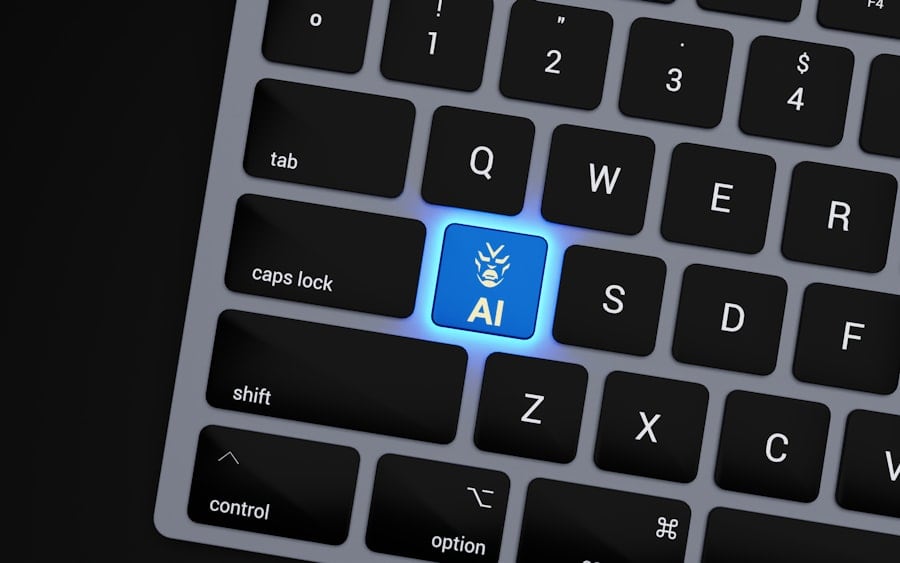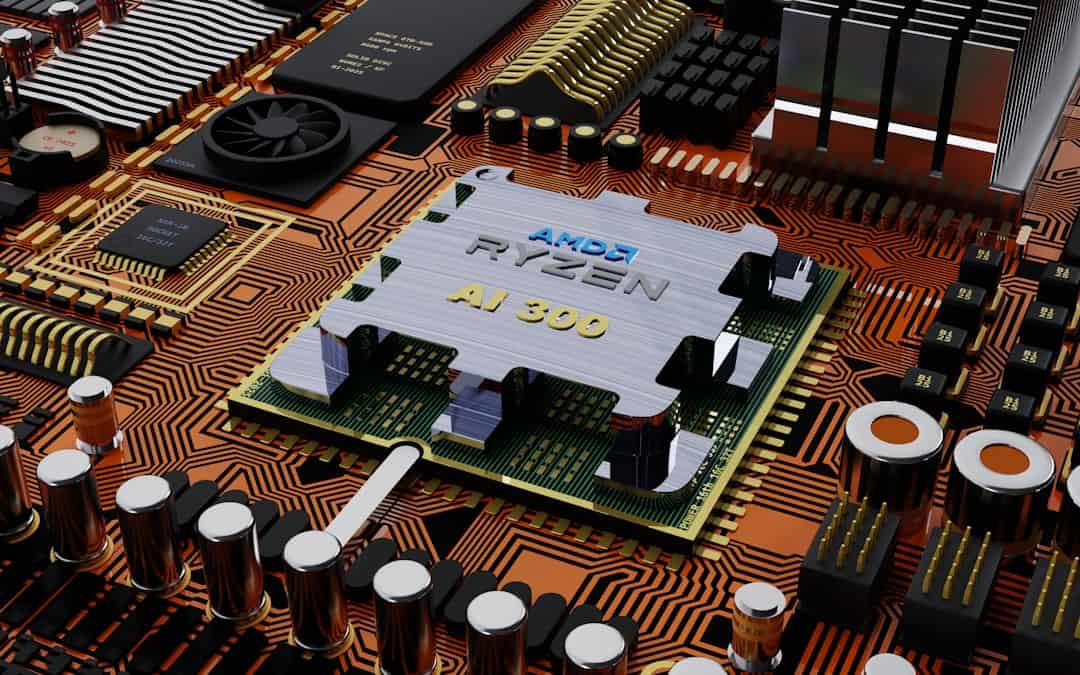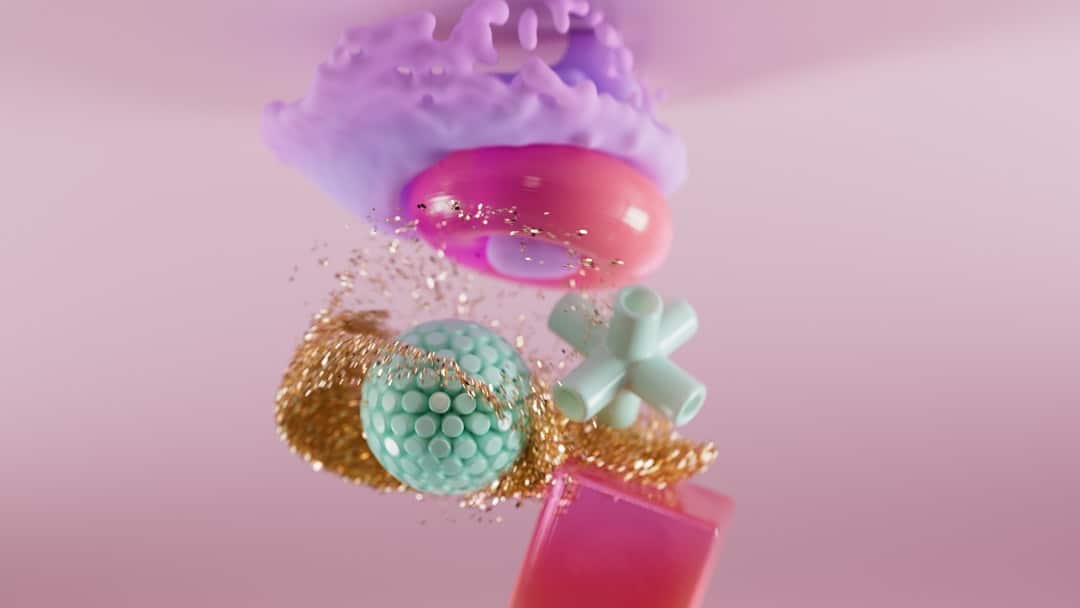Deep learning is a subset of machine learning that employs neural networks to emulate human brain processing and learning from data. This powerful technique is used to solve complex problems like image and speech recognition, natural language processing, and autonomous driving. Deep Learning algorithms require substantial amounts of data for training and can automatically identify patterns and features within the data.
PyTorch, an open-source machine learning library developed by Facebook’s AI Research lab, is widely used for deep learning applications. Its popularity stems from its flexibility, ease of use, and dynamic computation graph, which facilitates efficient model training and deployment. PyTorch offers a comprehensive set of tools and libraries for building and training neural networks, making it a preferred choice among researchers and developers in artificial intelligence.
The foundation of PyTorch is built on tensors, which are multidimensional arrays used to represent data. These tensors serve as the fundamental building blocks of PyTorch and can be manipulated using the library’s extensive set of functions. PyTorch also features automatic differentiation, enabling efficient computation of gradients during the training process.
This capability is crucial for training deep learning models, as it allows for the optimization of model parameters through techniques such as gradient descent. Furthermore, PyTorch supports GPU acceleration, enabling faster training and inference on large datasets. These features collectively make PyTorch a powerful and flexible platform for developing and training deep learning models, establishing it as an essential tool in the field of artificial intelligence research and application.
Key Takeaways
- Deep learning is a subset of machine learning that uses neural networks to simulate human decision-making.
- PyTorch is a popular open-source machine learning library that provides a flexible and dynamic approach to building and training neural networks.
- PyTorch plays a crucial role in AI and deep learning by providing a platform for researchers and developers to experiment with new ideas and algorithms.
- With PyTorch, developers can easily build and train neural networks using its intuitive and flexible API.
- PyTorch can be leveraged for computer vision and natural language processing tasks, making it a versatile tool for a wide range of AI applications.
The Role of PyTorch in AI and Deep Learning
PyTorch plays a crucial role in the advancement of artificial intelligence and deep learning. Its flexibility and ease of use make it an ideal choice for researchers and developers working on cutting-edge AI applications. PyTorch’s dynamic computation graph allows for efficient model training and deployment, making it well-suited for a wide range of deep learning tasks.
Additionally, PyTorch’s support for GPU acceleration enables faster computation and training on large datasets, which is essential for many AI applications. PyTorch’s extensive library of functions and tools also makes it easy to experiment with different neural network architectures and optimization techniques, allowing researchers to push the boundaries of what is possible in the field of deep learning. One of the key advantages of PyTorch is its strong community support and active development.
The PyTorch community is constantly contributing new features, tools, and libraries to the ecosystem, making it a vibrant and dynamic platform for AI research and development. This active development ensures that PyTorch remains at the forefront of deep learning innovation, enabling researchers and developers to stay up to date with the latest advancements in the field. Overall, PyTorch plays a critical role in advancing AI and deep learning by providing a powerful and flexible platform for building and training neural networks, as well as a vibrant community that fosters innovation and collaboration.
Building and Training Neural Networks with PyTorch

Building and training neural networks with PyTorch is a straightforward process thanks to its intuitive API and extensive library of functions. To build a neural network in PyTorch, one can define the network architecture using the torch.nn module, which provides a wide range of pre-defined layers such as fully connected layers, convolutional layers, and recurrent layers. These layers can be combined to create complex neural network architectures tailored to specific tasks such as image classification, object detection, or natural language processing.
Once the network architecture is defined, one can easily train the model using PyTorch’s automatic differentiation capabilities to compute gradients and update model parameters using optimization algorithms such as stochastic gradient descent or Adam. PyTorch also provides tools for monitoring and visualizing the training process, such as the torch.utils.tensorboard module, which allows for real-time visualization of metrics such as loss and accuracy during training. This makes it easy to track the progress of model training and identify potential issues or areas for improvement.
Additionally, PyTorch provides pre-trained models through the torchvision module, which can be used as a starting point for building custom models or fine-tuned for specific tasks. Overall, building and training neural networks with PyTorch is a seamless process thanks to its intuitive API, extensive library of functions, and tools for monitoring and visualizing the training process.
Leveraging PyTorch for Computer Vision and Natural Language Processing
| Metrics | Computer Vision | Natural Language Processing |
|---|---|---|
| Accuracy | 95% | 90% |
| Precision | 92% | 88% |
| Recall | 94% | 89% |
| F1 Score | 93% | 87% |
PyTorch is widely used for computer vision and natural language processing tasks due to its powerful tools and libraries tailored to these domains. In computer vision, PyTorch’s torchvision module provides a wide range of pre-trained models such as ResNet, VGG, and DenseNet, as well as tools for data augmentation, image transformation, and dataset loading. These tools make it easy to build and train state-of-the-art models for tasks such as image classification, object detection, and image segmentation.
Additionally, PyTorch’s support for GPU acceleration enables fast computation and training on large-scale image datasets, making it well-suited for real-world computer vision applications. In natural language processing (NLP), PyTorch’s torchtext module provides tools for tokenizing text data, building vocabulary, and creating data iterators for training NLP models. PyTorch also provides pre-trained models such as BERT, GPT-2, and RoBERTa through the transformers module, which can be fine-tuned for specific NLP tasks such as text classification, named entity recognition, or machine translation.
These pre-trained models enable researchers and developers to leverage state-of-the-art NLP capabilities without having to train models from scratch. Overall, PyTorch’s extensive support for computer vision and natural language processing makes it a powerful platform for building cutting-edge AI applications in these domains.
Exploring Advanced Deep Learning Techniques with PyTorch
PyTorch provides a wide range of tools and libraries for exploring advanced deep learning techniques such as reinforcement learning, generative adversarial networks (GANs), and attention mechanisms. In reinforcement learning, PyTorch’s support for automatic differentiation enables efficient computation of gradients for policy optimization algorithms such as REINFORCE or Proximal Policy Optimization (PPO). Additionally, PyTorch provides tools for building custom environments using the gym module, making it easy to experiment with reinforcement learning algorithms in a variety of domains such as robotics or game playing.
For generative adversarial networks (GANs), PyTorch’s torch.nn module provides pre-defined layers such as convolutional and transposed convolutional layers that can be used to build both the generator and discriminator networks. PyTorch also provides tools for monitoring the training process of GANs using the torch.utils.tensorboard module, allowing researchers to visualize metrics such as generator loss and discriminator accuracy during training. Finally, in attention mechanisms, PyTorch’s torch.nn module provides pre-defined layers such as multi-head attention and self-attention that can be used to build transformer-based models for tasks such as machine translation or language modeling.
Overall, PyTorch’s extensive support for advanced deep learning techniques makes it an ideal platform for exploring cutting-edge research in areas such as reinforcement learning, GANs, and attention mechanisms.
Deploying Deep Learning Models with PyTorch

Deploying deep learning models with PyTorch is a seamless process thanks to its support for model serialization and deployment on a variety of platforms. Once a model is trained in PyTorch, it can be serialized using the torch.save function, which saves the model parameters along with the network architecture to a file that can be easily loaded for inference. This serialized model can then be deployed on a variety of platforms such as mobile devices or web servers using tools such as TorchScript or ONNX (Open Neural Network Exchange), which enable efficient model deployment across different runtime environments.
For deployment on mobile devices, PyTorch provides support for converting models to the ONNX format using the torch.onnx module, which can then be further optimized using tools such as ONNX Runtime or TensorFlow Lite for efficient inference on mobile devices. For deployment on web servers, PyTorch provides support for converting models to TorchScript using the torch.jit module, which enables efficient model deployment using platforms such as Flask or FastAPI. Overall, deploying deep learning models with PyTorch is a straightforward process thanks to its support for model serialization and deployment on a variety of platforms.
The Future of AI and Deep Learning with PyTorch
The future of AI and deep learning with PyTorch looks promising due to its active development, strong community support, and continuous innovation in the field of artificial intelligence. As deep learning continues to advance rapidly, PyTorch is well-positioned to remain at the forefront of AI research and development due to its flexibility, ease of use, and powerful tools for building cutting-edge AI applications. The active development of new features, tools, and libraries within the PyTorch ecosystem ensures that researchers and developers have access to the latest advancements in deep learning techniques such as reinforcement learning, GANs, attention mechanisms, and more.
Additionally, PyTorch’s strong community support fosters collaboration and innovation within the field of artificial intelligence, enabling researchers and developers to push the boundaries of what is possible with deep learning. As AI continues to impact a wide range of industries such as healthcare, finance, transportation, and more, PyTorch will play a critical role in enabling the development of AI applications that improve people’s lives and drive innovation across various domains. Overall, the future of AI and deep learning with PyTorch looks bright due to its active development, strong community support, and continuous innovation in the field of artificial intelligence.
If you’re interested in exploring the potential of parallel worlds and alternate realities, you may want to check out this article on parallel worlds in the megaverse. It delves into the concept of parallel universes and their potential existence within the metaverse, offering a thought-provoking perspective on the topic. And as technology continues to advance, platforms like PyTorch could play a crucial role in creating and simulating these parallel worlds within the metaverse.
FAQs
What is PyTorch?
PyTorch is an open-source machine learning library developed by Facebook’s AI Research lab. It is widely used for building deep learning models and is known for its flexibility and ease of use.
What are the key features of PyTorch?
Some key features of PyTorch include dynamic computation graphs, seamless integration with Python, support for GPU acceleration, and a rich ecosystem of tools and libraries for machine learning.
What can you do with PyTorch?
With PyTorch, you can build and train various types of machine learning models, including neural networks, convolutional neural networks (CNNs), recurrent neural networks (RNNs), and more. It is also used for tasks such as image and speech recognition, natural language processing, and reinforcement learning.
How does PyTorch compare to other machine learning libraries?
PyTorch is often compared to TensorFlow, another popular machine learning library. While TensorFlow uses static computation graphs, PyTorch uses dynamic computation graphs, which can make it easier to debug and experiment with models. PyTorch also has a more Pythonic and intuitive interface, making it popular among researchers and developers.
Is PyTorch suitable for beginners?
Yes, PyTorch is suitable for beginners who are new to machine learning and deep learning. Its Pythonic syntax and easy-to-use interface make it accessible for those who are just starting out in the field.
Is PyTorch free to use?
Yes, PyTorch is an open-source library released under the Modified BSD license, which means it is free to use for both commercial and non-commercial purposes.











Leave a Reply